Home>Gardening & Outdoor>Landscaping Ideas>When Does Grass Cutting Season Stop
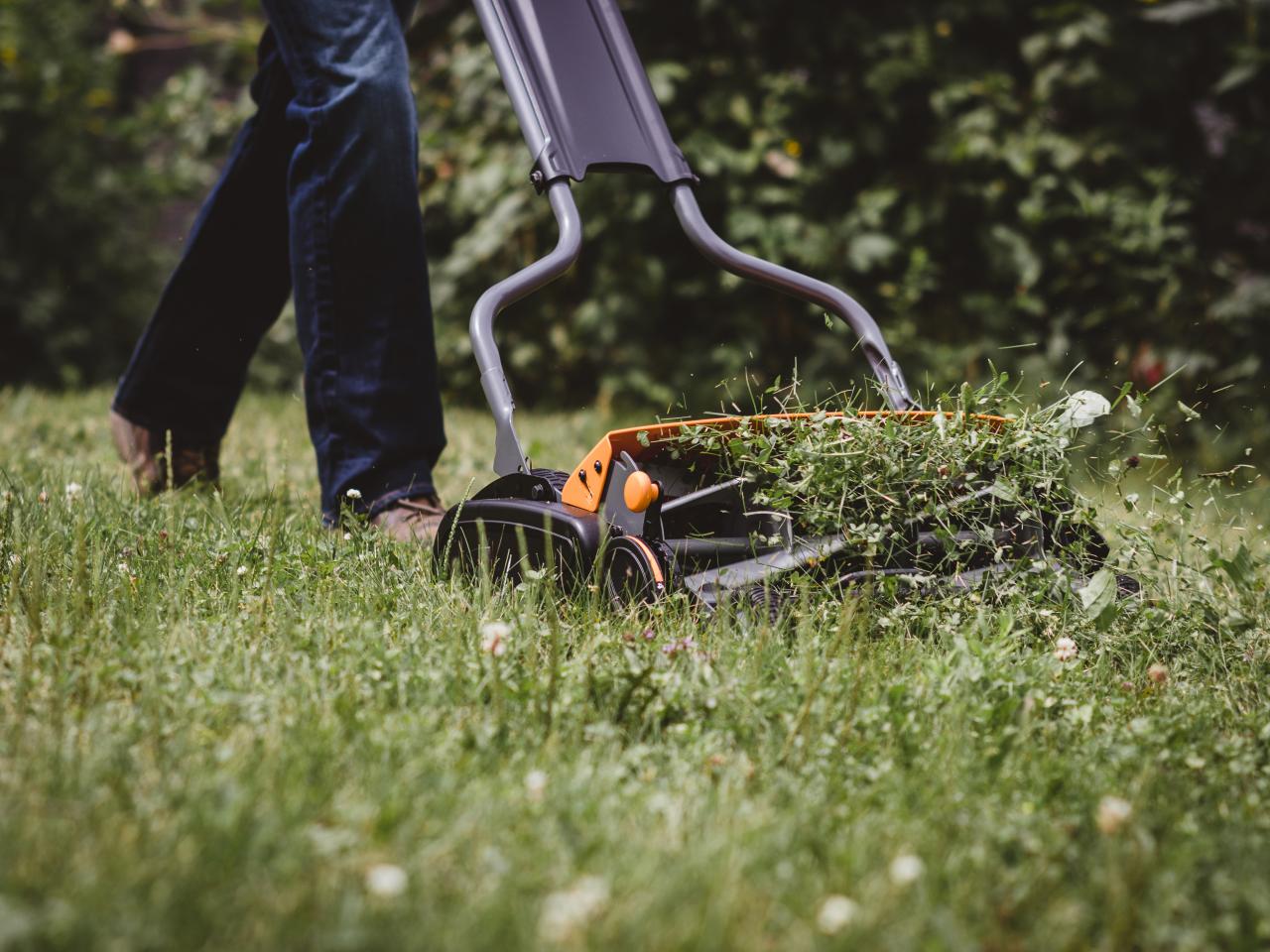

Landscaping Ideas
When Does Grass Cutting Season Stop
Modified: September 2, 2024
Discover when the grass cutting season ends and get landscaping ideas to maintain your lawn. Find out the best practices for a beautiful yard!
(Many of the links in this article redirect to a specific reviewed product. Your purchase of these products through affiliate links helps to generate commission for Storables.com, at no extra cost. Learn more)
Factors that Determine the End of Grass Cutting Season
The end of the grass cutting season is influenced by several key factors that are essential to consider for maintaining a healthy and vibrant lawn. Understanding these factors can help homeowners and landscaping enthusiasts make informed decisions about when to conclude their grass cutting activities.
-
Climate and Weather Patterns: The climate and weather play a pivotal role in determining the end of the grass cutting season. In regions with distinct seasons, the arrival of fall and the onset of cooler temperatures signal the gradual slowdown of grass growth. As the days become shorter and the nights cooler, the grass's growth rate decreases, indicating that it's time to prepare for the dormant winter period.
-
Grass Type: Different grass species have varying growth patterns and responses to environmental changes. Cool-season grasses, such as Kentucky bluegrass and fescue, thrive in cooler temperatures and typically experience peak growth during spring and fall. In contrast, warm-season grasses like Bermuda grass and Zoysia grass flourish in warmer climates and exhibit vigorous growth during the summer months. Understanding the specific growth characteristics of the grass species in your lawn is crucial for determining the end of the grass cutting season.
-
Soil Moisture and Nutrient Levels: Adequate soil moisture and nutrient availability are essential for sustaining healthy grass growth. As the weather transitions from the warm, active growing season to the cooler, dormant period, the soil's moisture levels and nutrient uptake by the grass undergo significant changes. Monitoring the soil moisture and nutrient levels can provide valuable insights into the grass's growth trajectory and help identify the optimal time to cease regular mowing.
-
Daylight Hours: The diminishing daylight hours in the fall contribute to the gradual reduction in grass growth. As the days become shorter, the grass receives less sunlight, which directly impacts its metabolic processes and growth rate. This natural decrease in daylight hours serves as a reliable indicator that the grass cutting season is drawing to a close.
-
Frost and Freezing Temperatures: In regions where frost and freezing temperatures are common during the fall and winter, the arrival of these climatic conditions marks the definitive end of the grass cutting season. Frost can cause grass blades to become brittle and susceptible to damage, making it imperative to halt mowing activities to prevent harm to the turf.
By considering these factors, homeowners and landscaping enthusiasts can effectively determine the optimal time to conclude the grass cutting season, ensuring that their lawn remains healthy and well-maintained throughout the changing seasons.
Key Takeaways:
- Knowing when to stop cutting grass is crucial for a healthy lawn. Factors like climate, grass type, and daylight hours signal the end of the cutting season. Pay attention to these signs for a vibrant lawn.
- Avoid common mistakes when ending the grass cutting season. Adjust mowing height, avoid over-mowing, address thatch buildup, fertilize, and maintain equipment for a resilient and lush lawn.
Read more: When To Stop Cutting Grass In Michigan
Tips for Knowing When to Stop Cutting Grass
As the transition from the active growing season to the dormant period approaches, it becomes crucial to recognize the signs indicating the appropriate time to cease cutting the grass. Here are essential tips to help homeowners and landscaping enthusiasts determine when to stop cutting grass:
-
Monitor Grass Growth: Keep a close eye on the grass growth rate as the seasons change. Notice any significant reduction in growth, which is often evident as the days become shorter and cooler. This natural slowdown in growth serves as a clear indication that the grass cutting season is nearing its end.
-
Consider Grass Type: Understanding the specific growth patterns of the grass species in your lawn is essential for determining the optimal time to stop cutting grass. Cool-season grasses typically exhibit vigorous growth during the spring and fall, while warm-season grasses thrive in the summer months. By recognizing these growth patterns, you can align your mowing schedule with the natural growth cycles of the grass.
-
Assess Soil Moisture and Nutrient Levels: Check the soil moisture and nutrient levels to gauge the grass's overall health and growth status. As the weather transitions, the soil's moisture content and nutrient availability undergo changes, impacting the grass's growth. Observing any decline in soil moisture and nutrient uptake can signal that the grass is preparing for dormancy, indicating that it's time to halt mowing activities.
-
Observe Daylight Hours: Pay attention to the diminishing daylight hours, which directly influence the grass's growth and metabolic processes. As the days become shorter, the grass receives less sunlight, leading to a natural reduction in growth. This decrease in daylight serves as a reliable indicator that the grass cutting season is drawing to a close.
-
Take Frost and Freezing Temperatures into Account: In regions where frost and freezing temperatures are common during the fall and winter, it's crucial to consider these climatic factors when determining the end of the grass cutting season. The arrival of frost can render grass blades brittle and susceptible to damage, making it imperative to cease mowing to protect the grass from harm.
By incorporating these tips into your lawn care routine, you can effectively identify the optimal time to stop cutting grass, ensuring that your lawn remains healthy and well-maintained as it transitions into the dormant winter period.
Importance of Properly Ending Grass Cutting Season
Properly ending the grass cutting season is of paramount importance for the overall health and vitality of the lawn. As the transition from the active growing phase to the dormant period unfolds, it is essential to recognize the significance of concluding the grass cutting activities in a timely and appropriate manner.
By ceasing grass cutting at the right juncture, homeowners and landscaping enthusiasts can facilitate the natural processes that prepare the grass for the upcoming winter season. This approach allows the grass to gradually acclimate to the changing environmental conditions, promoting resilience and fortifying its defenses against potential stressors.
Moreover, ending the grass cutting season at the appropriate time contributes to the conservation of the grass's energy reserves. As the grass enters the dormant phase, it redirects its energy from active growth to essential root development and nutrient storage. By refraining from unnecessary mowing during this critical period, the grass can allocate its resources towards strengthening its root system, which is fundamental for sustaining its health and vigor during the winter months.
Properly concluding the grass cutting season also aids in minimizing the risk of damage to the turf. As the weather transitions and the grass prepares for dormancy, it becomes more susceptible to stress and injury. Continuing to mow the grass excessively or during unfavorable conditions can lead to weakened turf, making it more susceptible to disease, pest infestations, and environmental damage.
Furthermore, ending the grass cutting season in a timely manner aligns with sustainable lawn care practices. By allowing the grass to naturally slow down its growth and enter the dormant phase, homeowners can reduce the reliance on excessive maintenance, such as mowing and fertilization. This approach promotes environmental stewardship and conserves resources while fostering a balanced and resilient lawn ecosystem.
In essence, properly ending the grass cutting season is not merely a routine task but a strategic and mindful practice that nurtures the long-term well-being of the lawn. By acknowledging the importance of this transition and adapting the mowing schedule accordingly, homeowners can contribute to the overall health, sustainability, and beauty of their lawn, ensuring that it thrives throughout the changing seasons.
Common Mistakes to Avoid When Ending Grass Cutting Season
As the grass cutting season draws to a close, it is imperative to be mindful of common mistakes that can inadvertently compromise the health and resilience of the lawn. By avoiding these pitfalls, homeowners and landscaping enthusiasts can ensure that their grass transitions smoothly into the dormant period, setting the stage for a vibrant and lush lawn in the upcoming seasons.
Neglecting to Adjust Mowing Height
One prevalent mistake when ending the grass cutting season is neglecting to adjust the mowing height to accommodate the grass's transition into dormancy. As the grass growth slows and prepares for the winter months, it is essential to gradually raise the mowing height. Failing to make this adjustment can result in excessively short grass, which is more susceptible to stress and damage. By maintaining a slightly taller grass height, homeowners can promote better nutrient storage and enhance the grass's ability to withstand environmental challenges during the dormant phase.
Read more: When Does Landscaping Season Start
Over-Mowing Before Dormancy
Over-mowing the lawn just before the onset of dormancy is a common error that can undermine the grass's resilience. Excessive mowing during this critical period depletes the grass's energy reserves and weakens its capacity to endure the winter conditions. It is crucial to resist the temptation to mow the grass too frequently or too short as the season transitions, allowing the grass to naturally slow down its growth and prepare for dormancy.
Failing to Address Thatch Buildup
Neglecting to address thatch buildup before the dormant period can impede the grass's health and vitality. Thatch, a layer of organic debris and dead grass, can accumulate over time, hindering proper air and moisture circulation within the soil. Before concluding the grass cutting season, it is essential to address any excessive thatch accumulation through dethatching or aerating the lawn. This proactive measure promotes better soil aeration and nutrient absorption, setting the stage for a healthier and more resilient lawn in the following seasons.
Disregarding Soil Conditioning and Fertilization
Disregarding soil conditioning and fertilization as the grass cutting season ends can deprive the lawn of essential nutrients and structural support. Proper soil conditioning and fertilization before the dormant period can fortify the grass's root system and enhance its ability to withstand the winter months. Failing to address these crucial aspects can leave the grass vulnerable to nutrient deficiencies and weakened root development, compromising its overall health and vigor.
Ignoring Lawn Equipment Maintenance
Overlooking the maintenance of lawn mowing equipment and tools before storing them for the winter is a common oversight that can impact their performance in the following seasons. Failing to clean, inspect, and properly store mowing equipment can lead to deterioration and malfunctions, hindering efficient lawn care practices in the future. By diligently maintaining and preparing the equipment for storage, homeowners can ensure that they are in optimal condition when the next grass cutting season commences.
By steering clear of these common mistakes when ending the grass cutting season, homeowners and landscaping enthusiasts can safeguard the health and resilience of their lawn, laying the groundwork for a thriving and picturesque landscape in the seasons to come.
Frequently Asked Questions about When Does Grass Cutting Season Stop
Was this page helpful?
At Storables.com, we guarantee accurate and reliable information. Our content, validated by Expert Board Contributors, is crafted following stringent Editorial Policies. We're committed to providing you with well-researched, expert-backed insights for all your informational needs.
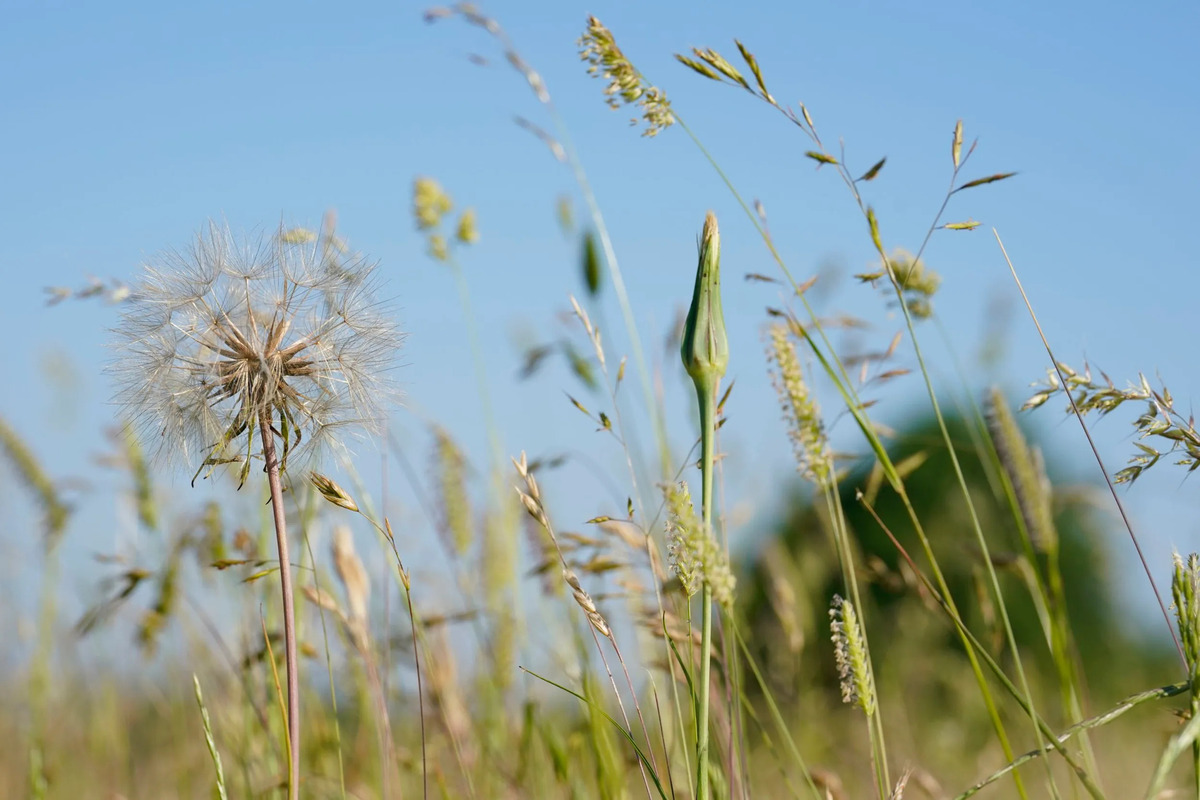
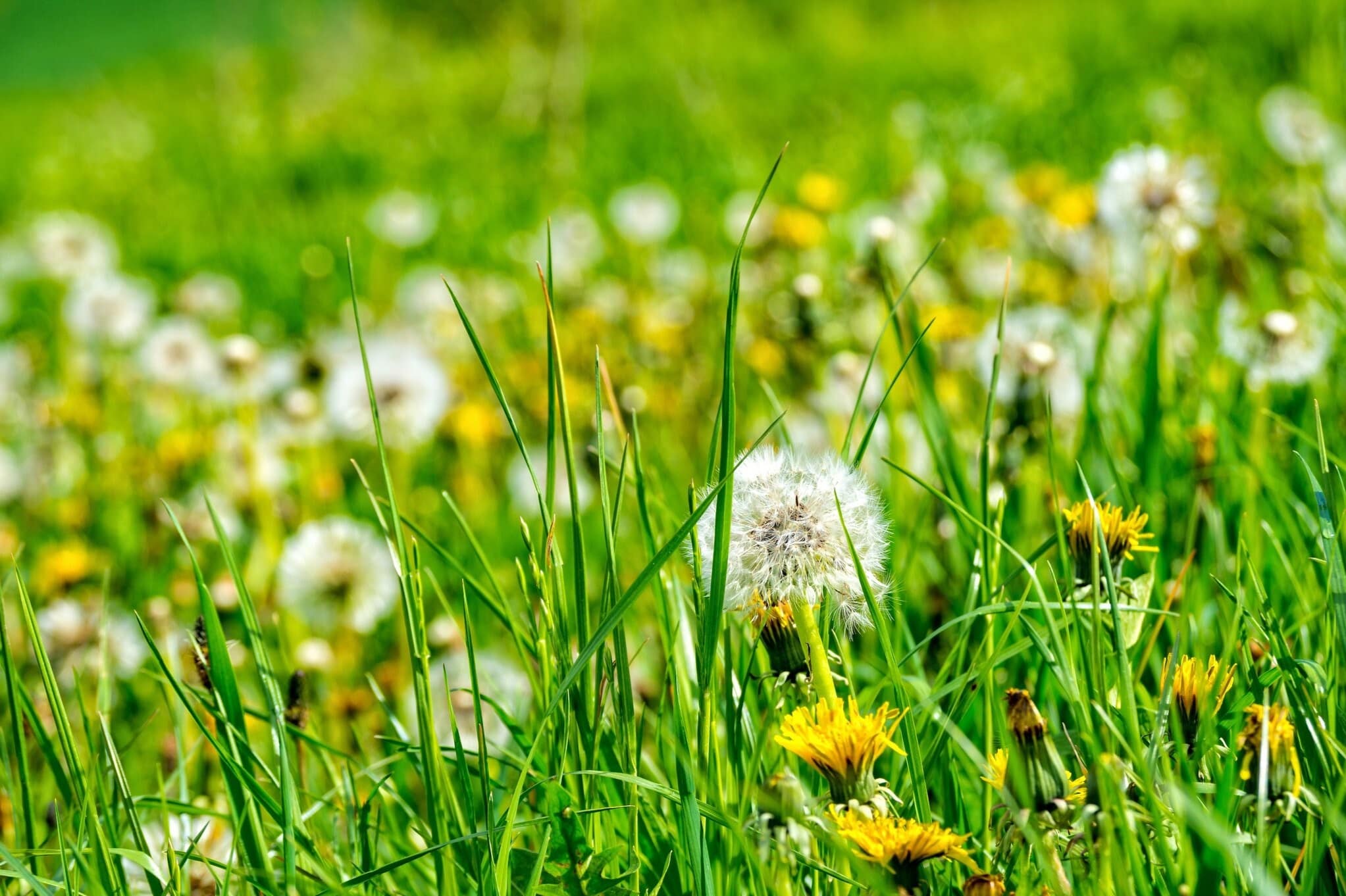
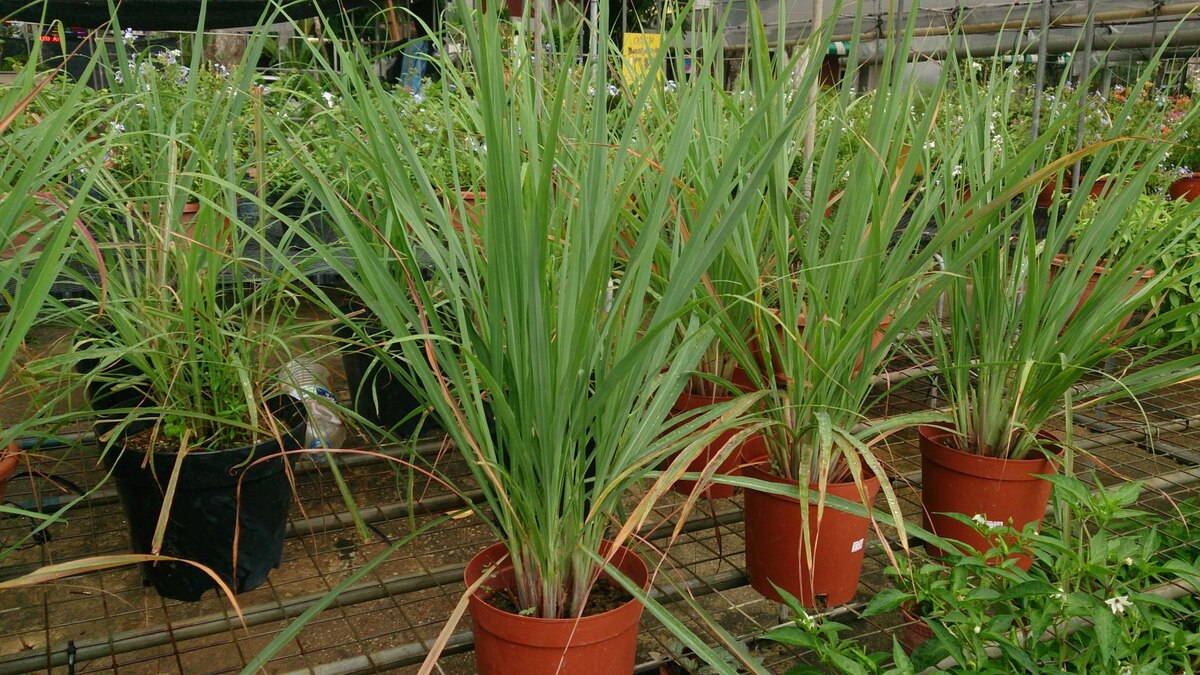
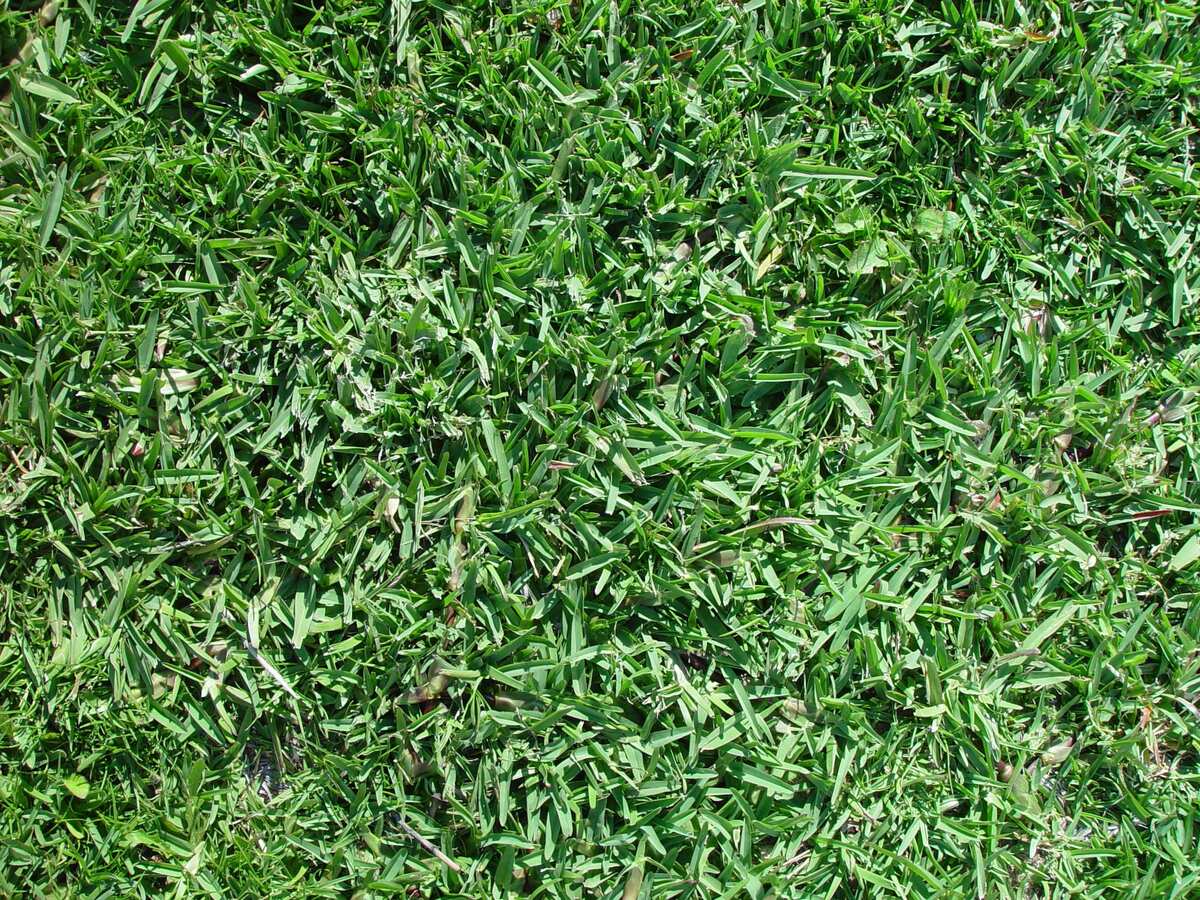
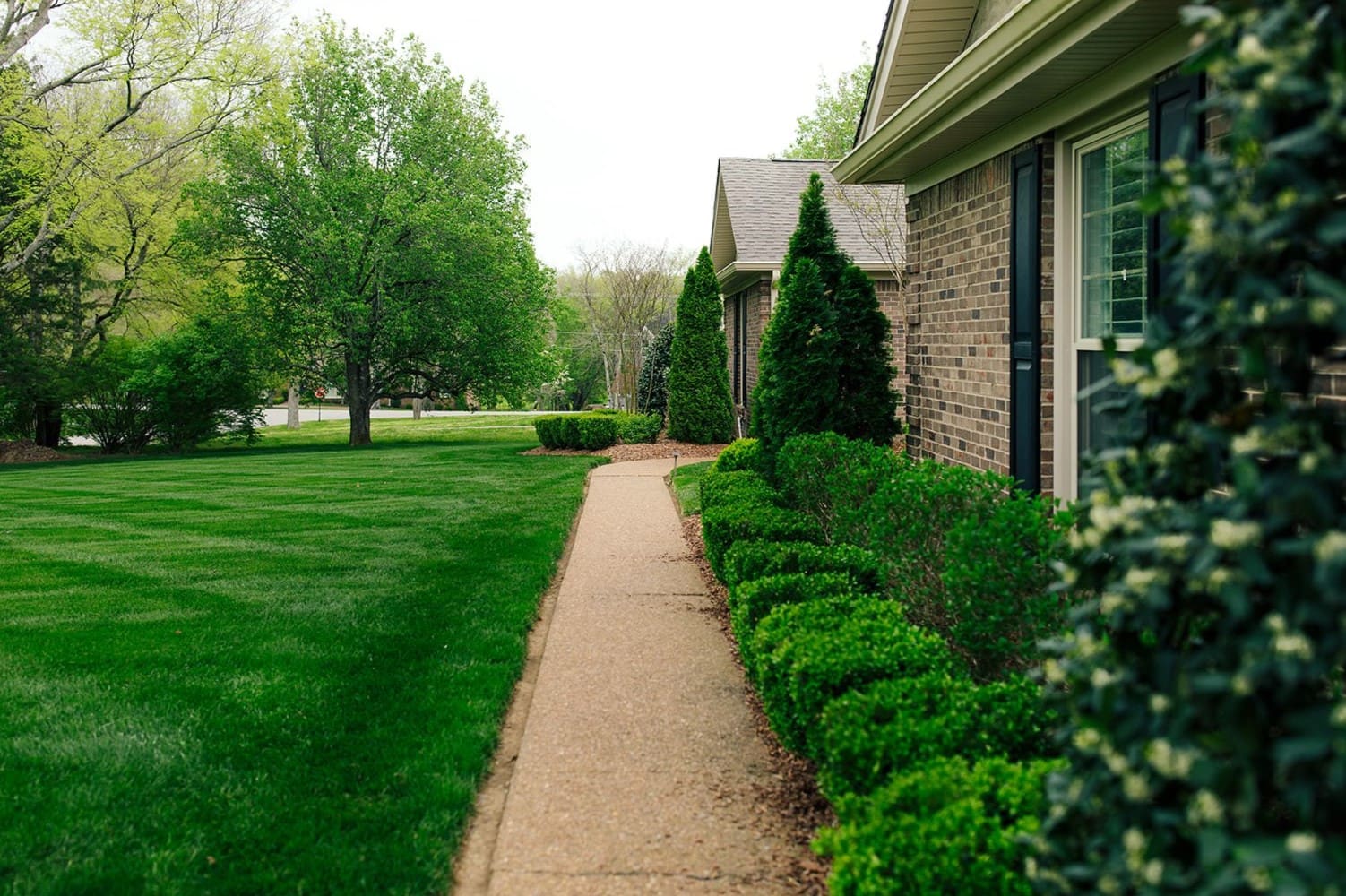
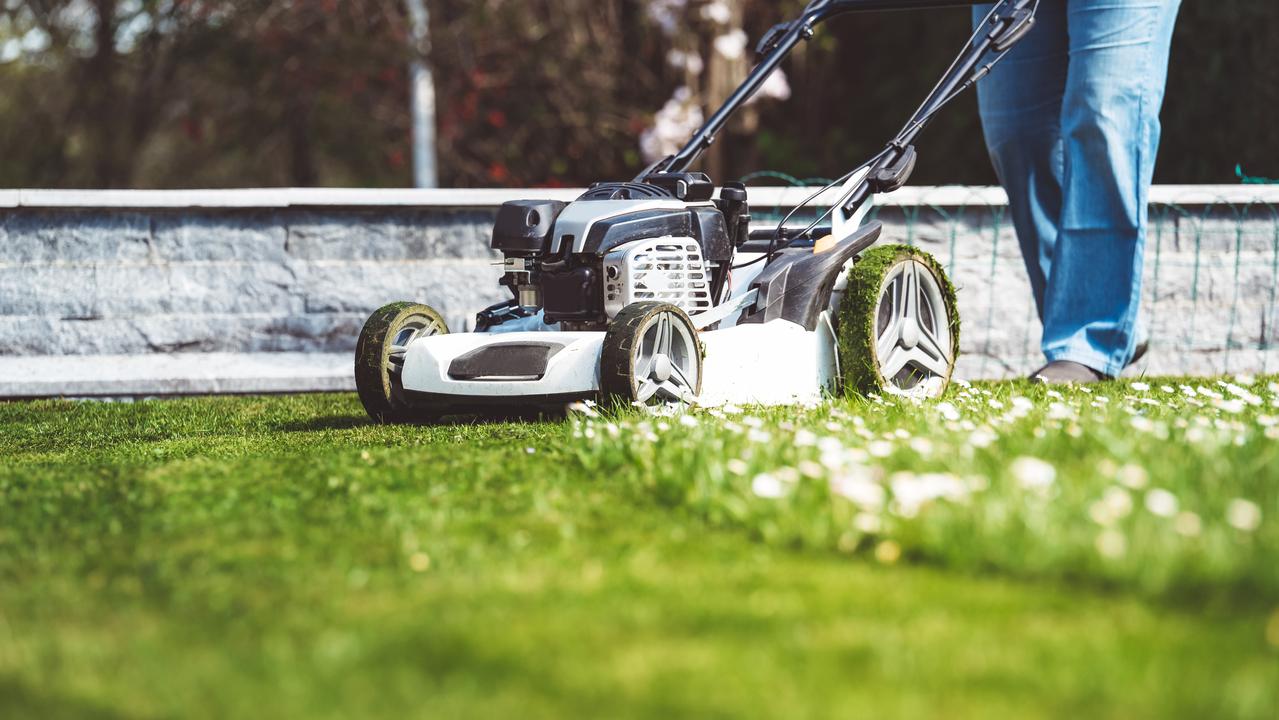
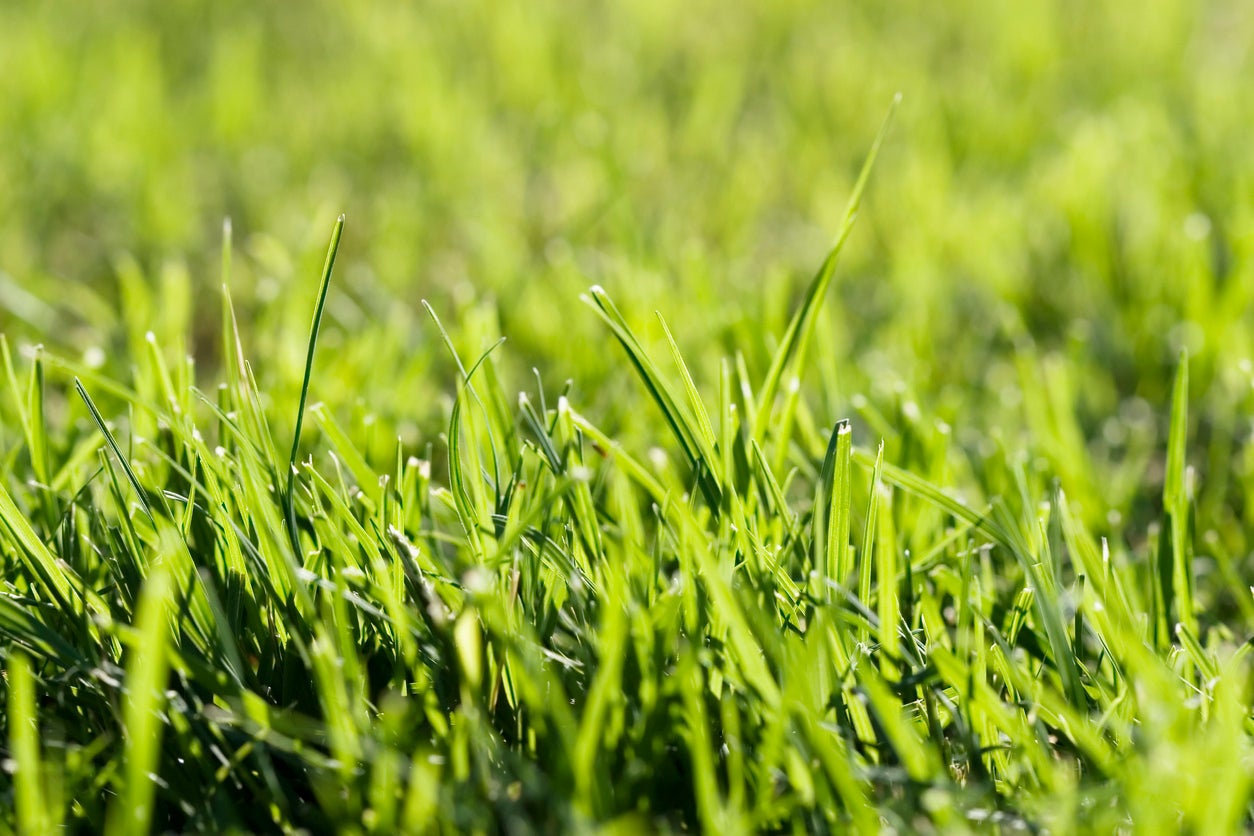
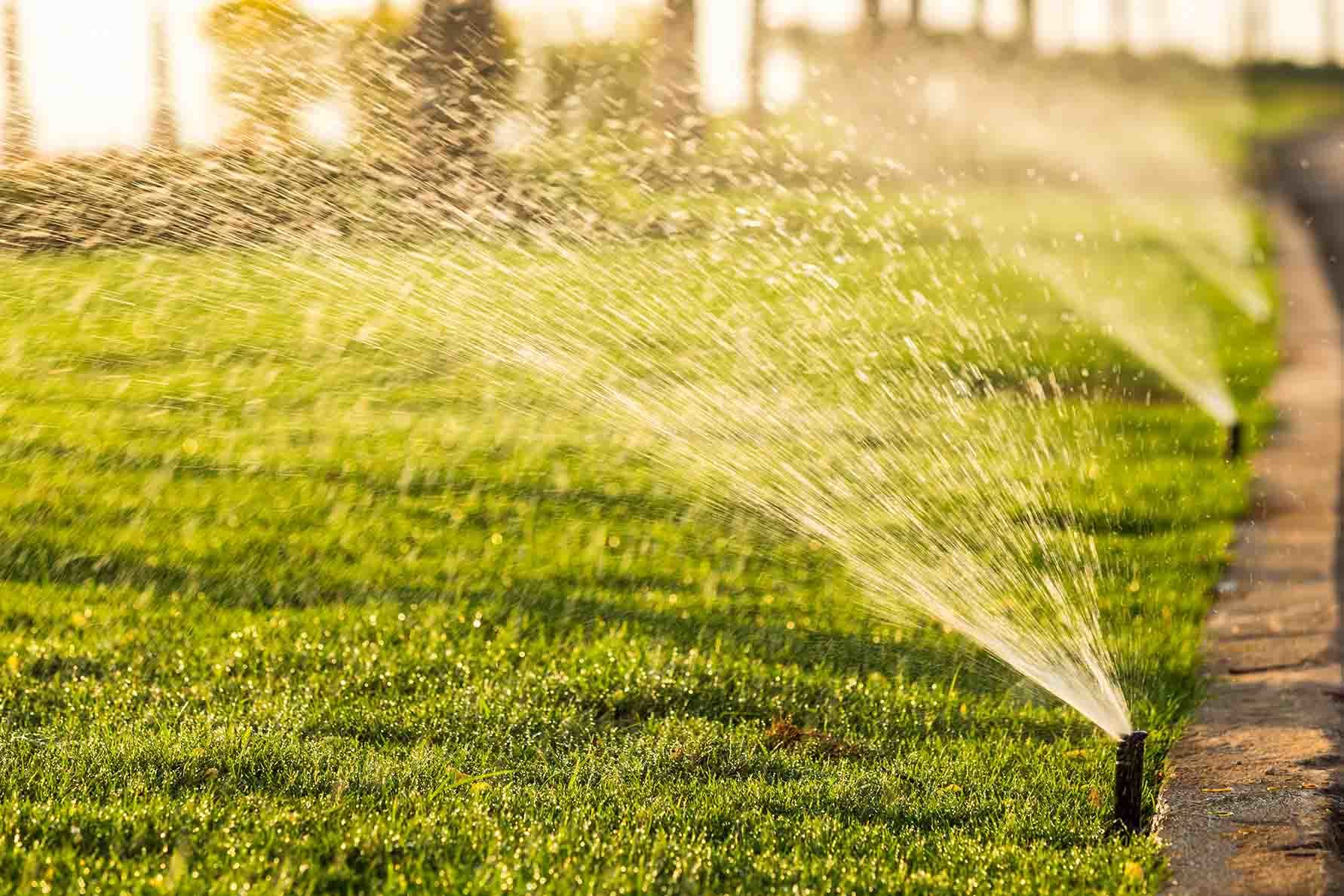
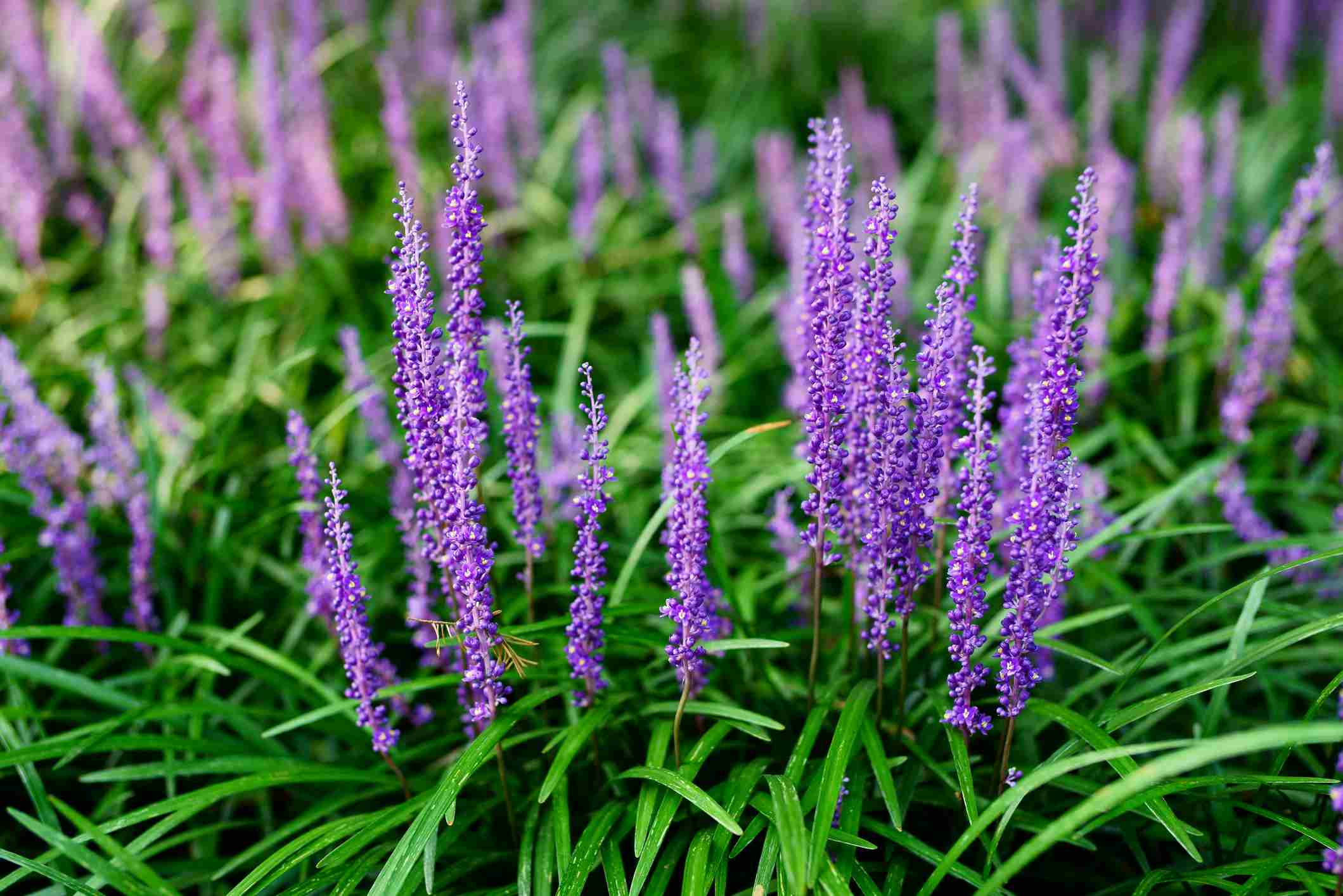
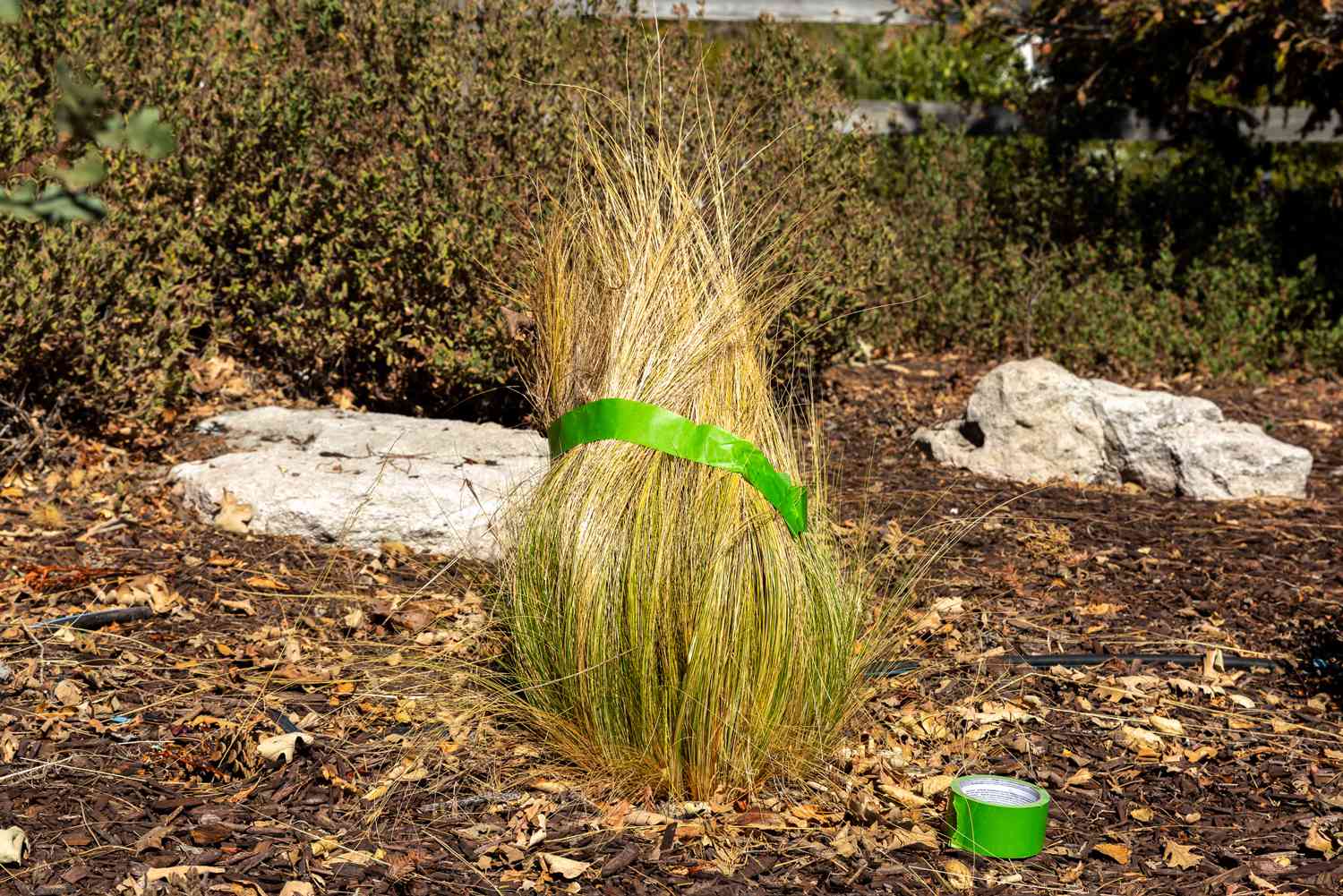
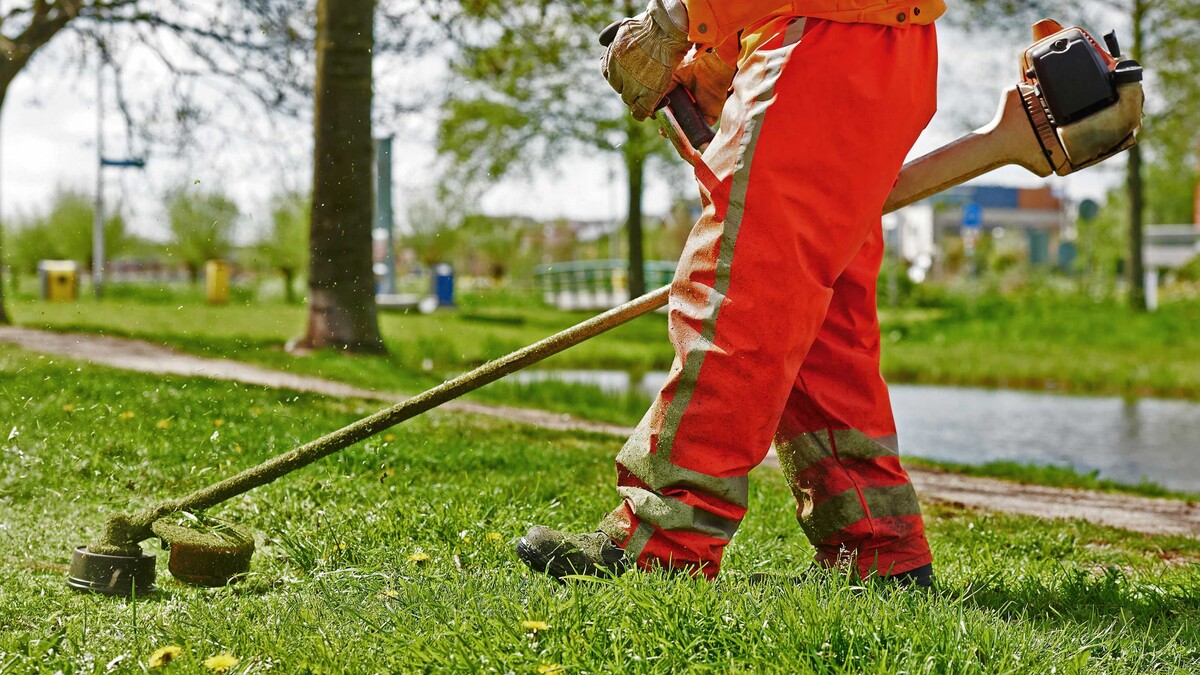
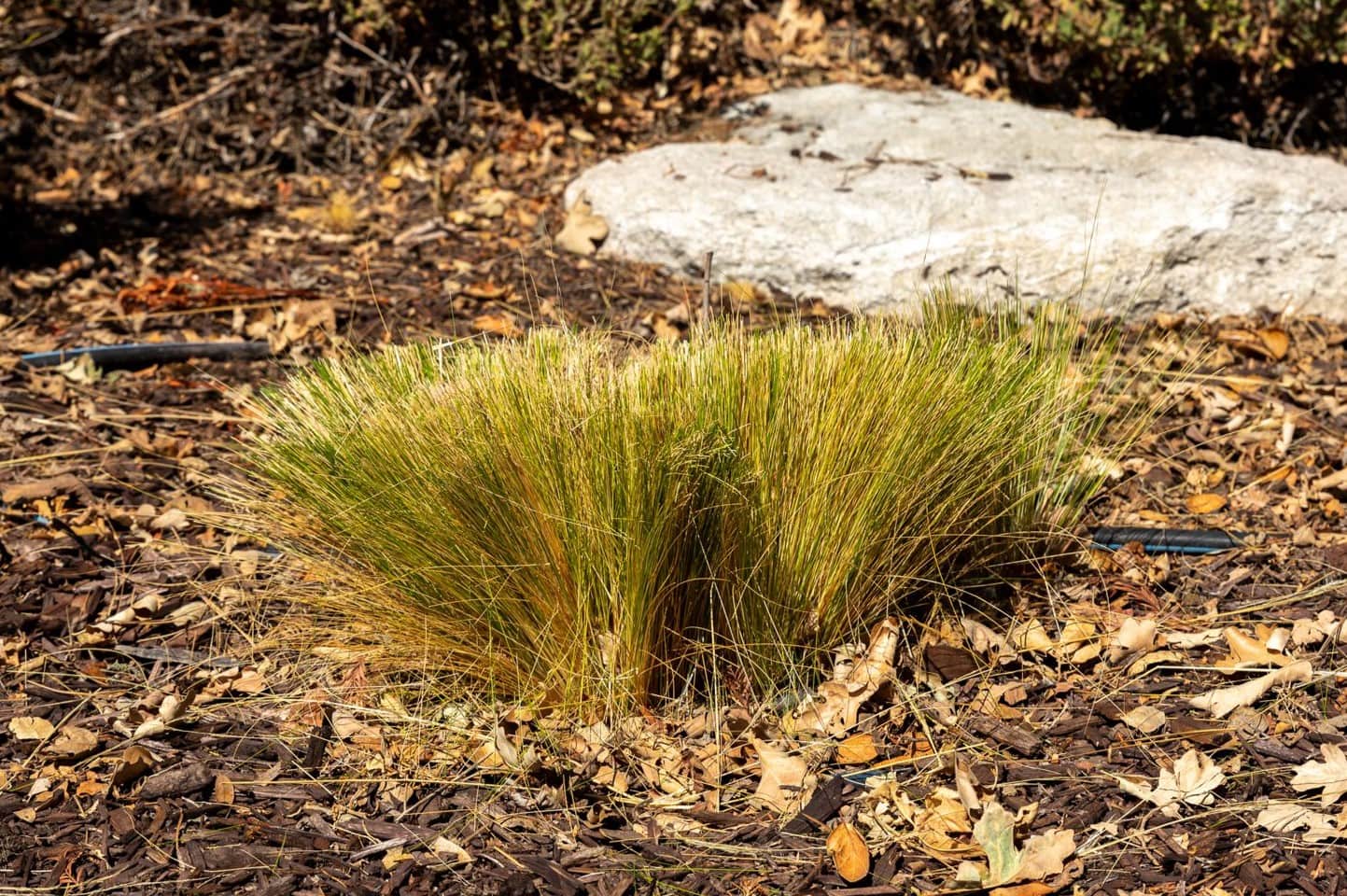
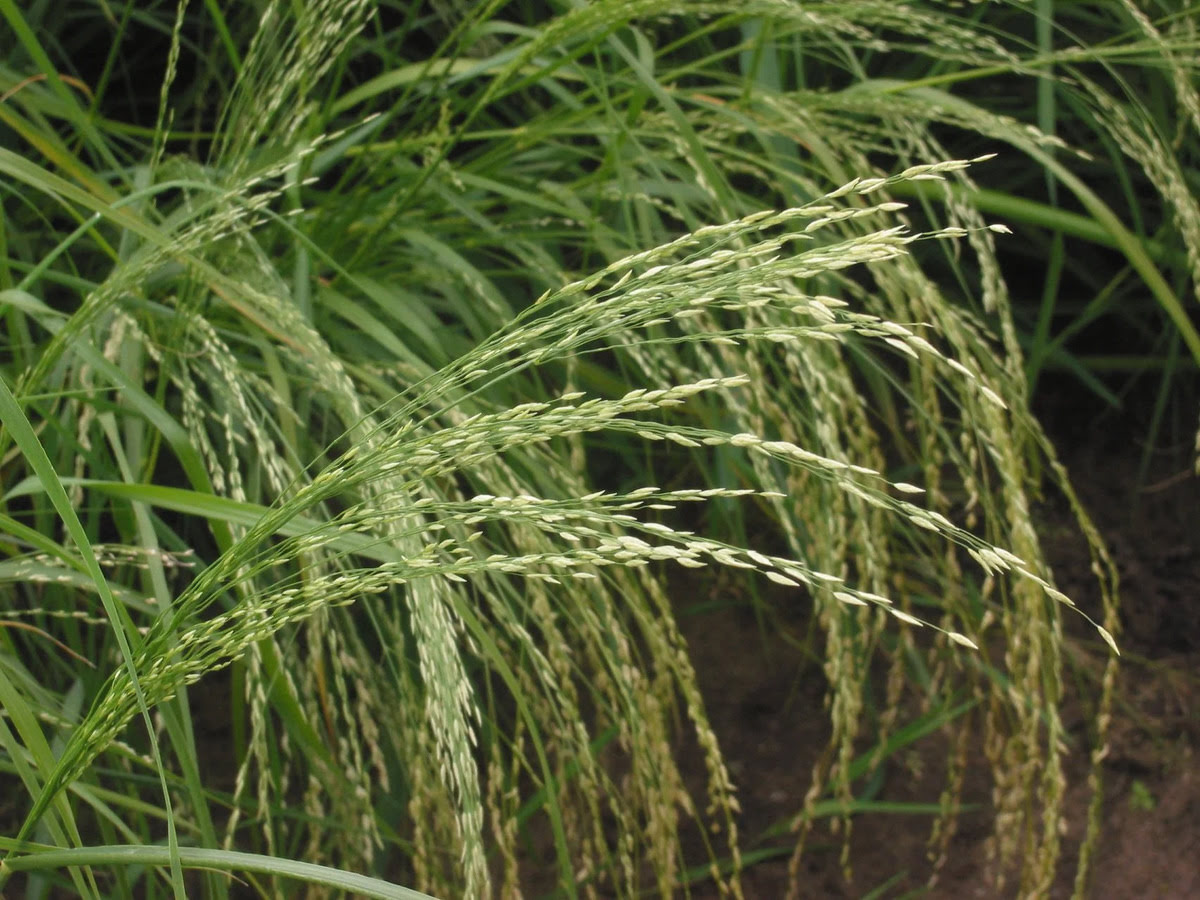
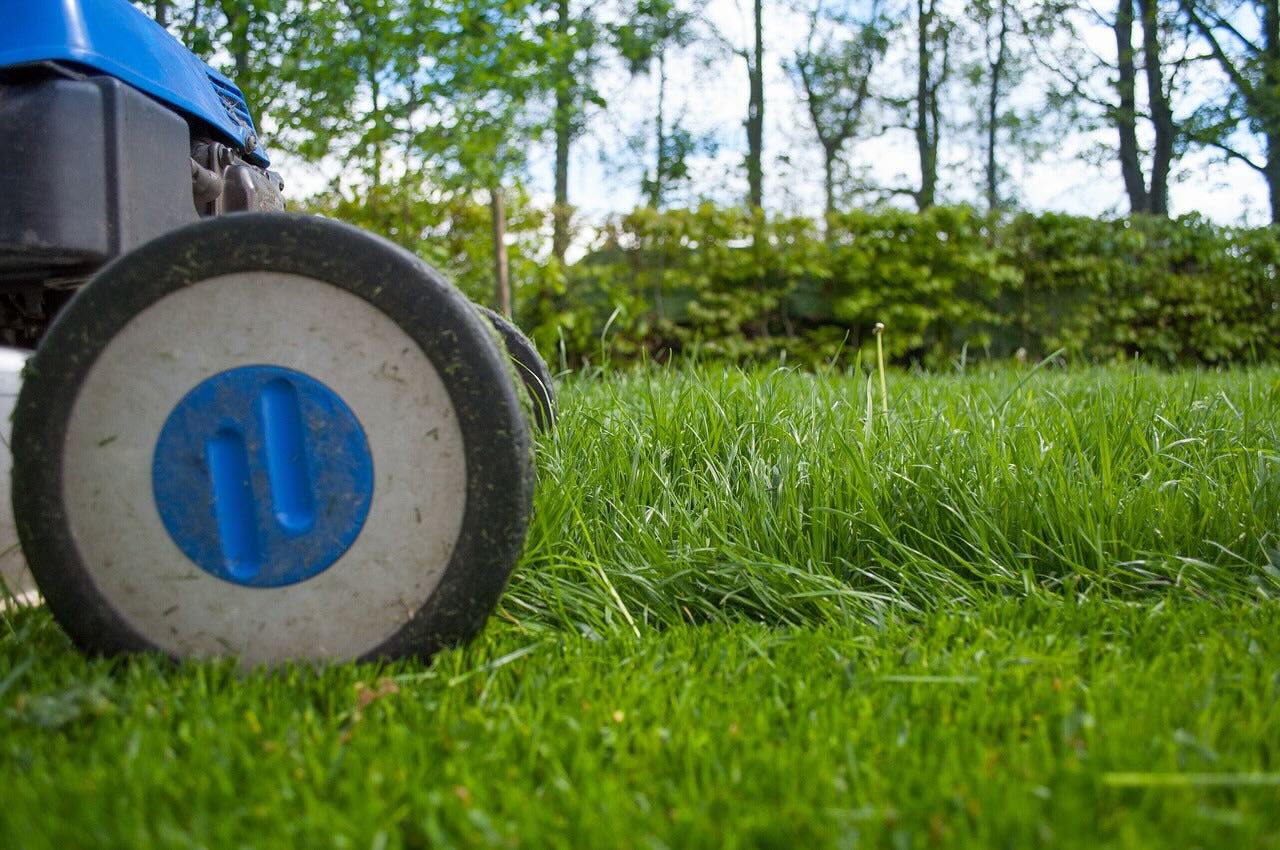

0 thoughts on “When Does Grass Cutting Season Stop”